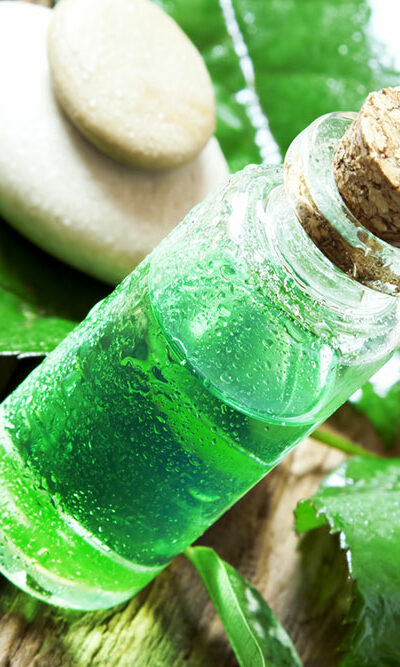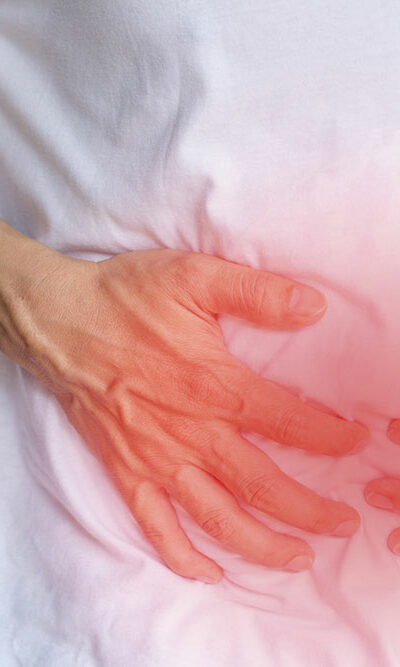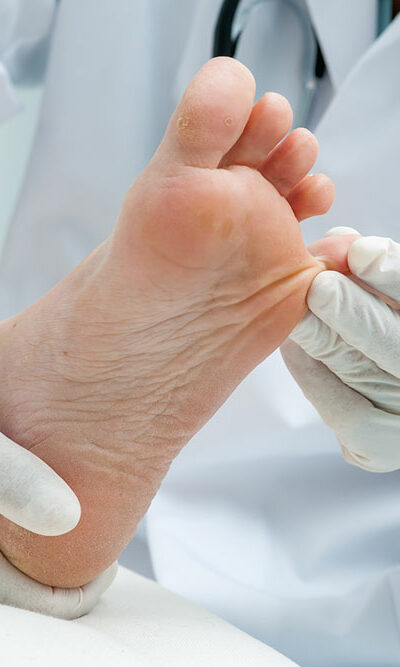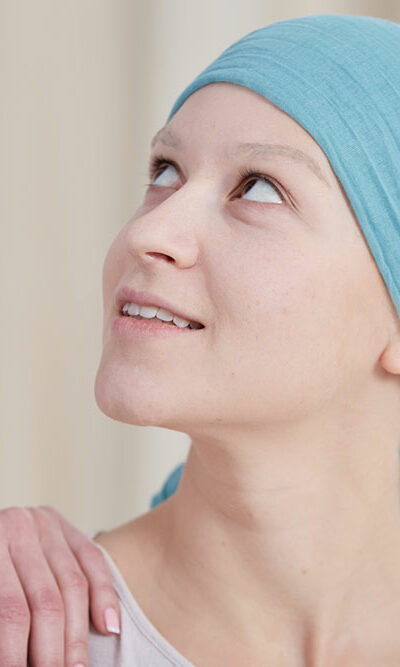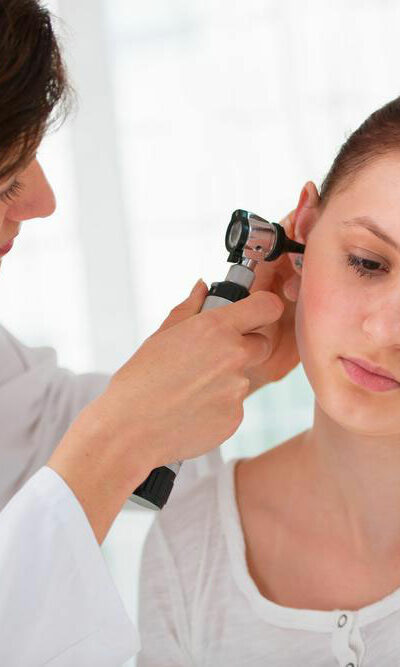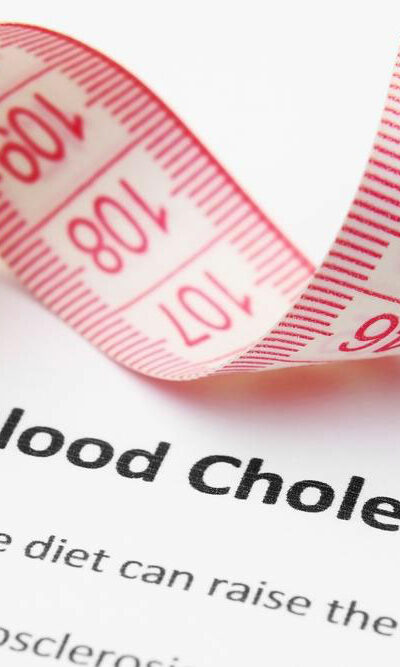
Normal Blood Sugar Levels for People With and Without Diabetes
Having something sweet after a meal is nearly everyone’s weakness. Most of us enjoy consuming sugary treats from time to time. Unfortunately, this has affected many people in the country. Gorging on sugar has its own set of repercussions. According to the Centers for Disease Control and Prevention, a staggering 100 million Americans suffer from pre-diabetes or diabetes. 9.4% of the country’s population suffers from diabetes. 84.1 million Americans have prediabetes. If their condition is left untreated, they will go on to develop the disease. Diabetes is the seventh leading cause of death in the country. Naturally, effective measures are essential. You need to be careful and keep your blood sugar levels within the normal range. Here are the blood sugar level charts for people with and without diabetes. Blood sugar level ranges Diabetes is a matter of great concern. Some areas of the country have a higher mortality rate than others, while other regions have a higher number of patients. Maintaining one’s diet is the key to avoid worsening the disease. The food you eat impacts your blood sugar levels, and you need to control your diet. To understand your blood sugar levels, you need to take frequent tests. Prediabetes is a condition which often leads to the onset of diabetes if not treated in its early stages. You need to know about the blood sugar level charts to determine how likely you are to develop this condition. Additionally, the doctor may recommend an A1C blood test to diagnose type 2 diabetes and prediabetes by checking the sugar level charts. The blood sugar level charts have different ranges that vary from person to person. These levels depend on whether the patient has type 1 diabetes or type 2 diabetes. There is a different blood sugar level chart for children with type 1 diabetes.
